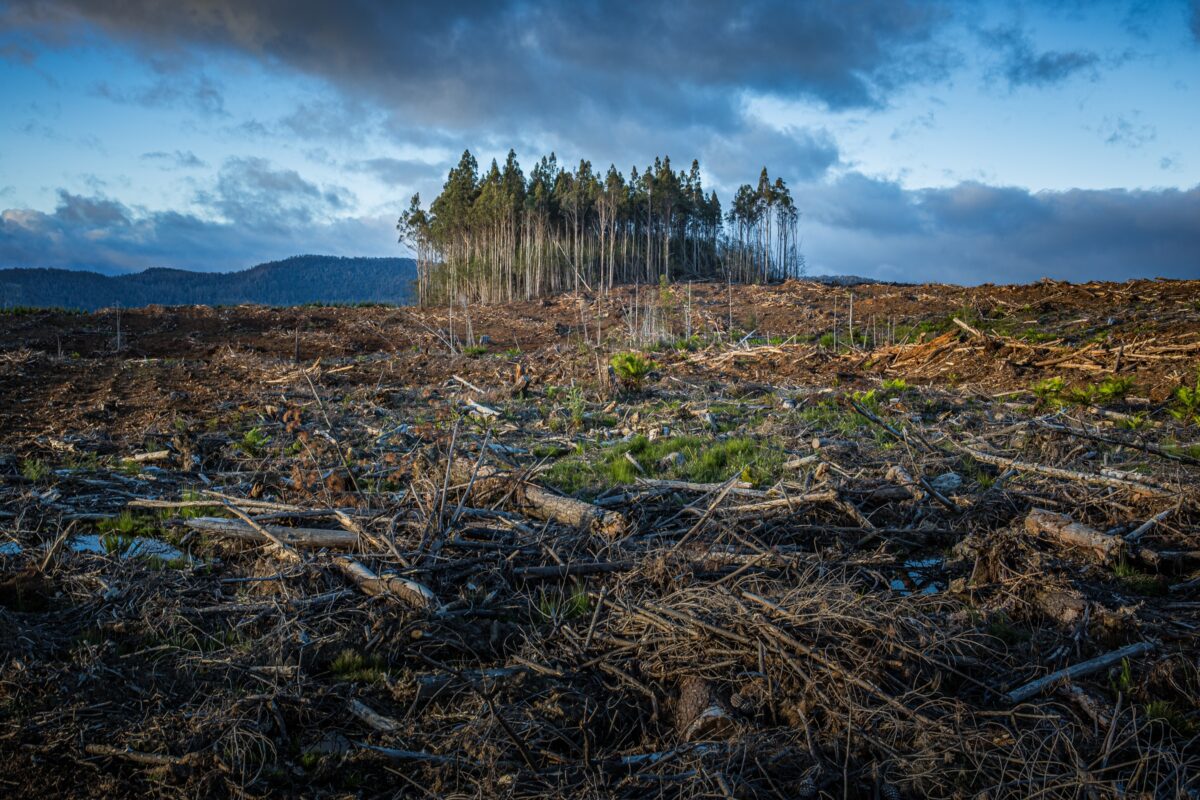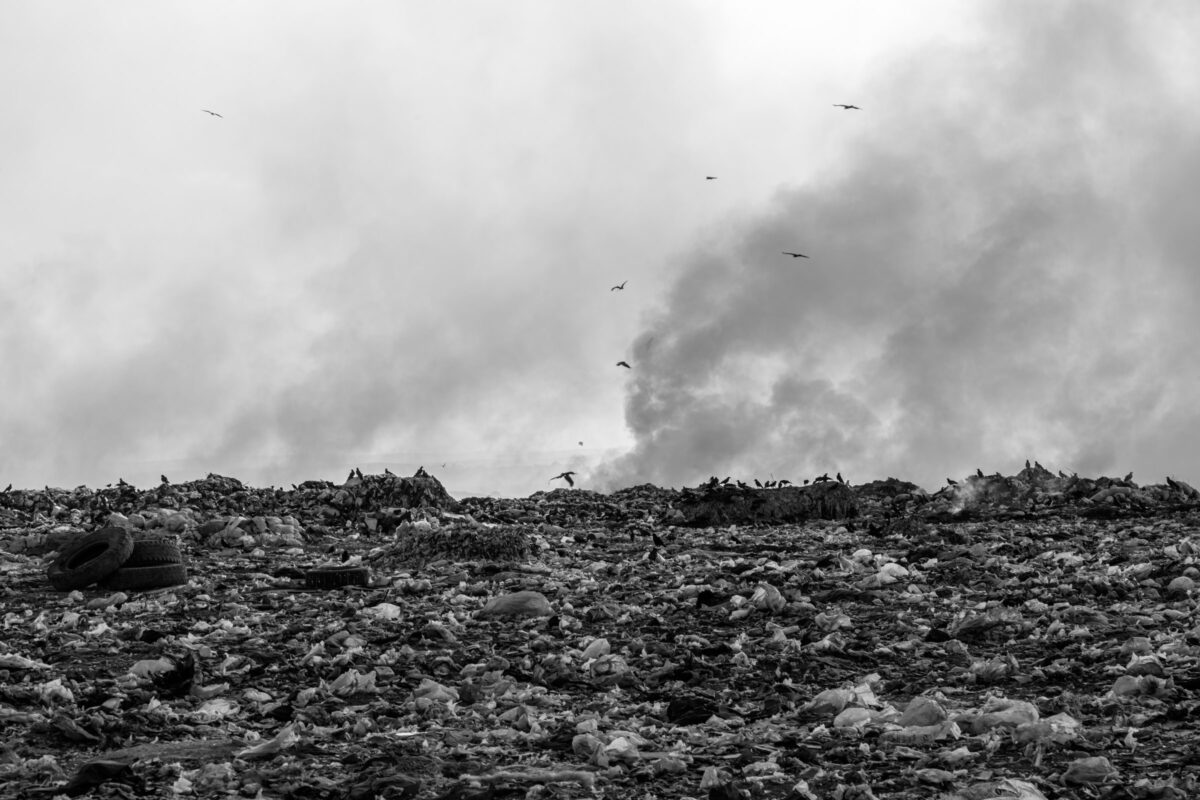Before a sizable chunk of the Alpine glacier came off and killed hikers on Sunday, Italy was experiencing a prolonged heat wave. Experts predict that climate change will make similar hot, unstable conditions more frequent.
In an avalanche, massive rocks and slabs of ice from the Marmolada glacier rushed down the mountain, killing seven hikers and leaving many others missing. The occurrence may have been precipitated by a combination of higher temperatures and less snowfall than usual this winter, according to experts.
Large chunks of ice can naturally fall off Alpine glaciers, and it might be difficult to pinpoint the precise involvement of climate change in particular episodes.
But according to Brian Menounos, a professor at the University of Northern British Columbia who studies climate change and glaciers, climate change is causing greater temperatures, which may result in more ice and snow melting.
Glaciers are directly responding to a warmer climate, a warmer planet, said Menounos. They can respond to long-term changes, but they can also respond to these extreme events like heat waves.
The Marmolada glacier is in the Dolomite mountains, a range of steep, dramatic peaks in northeast Italy.
The Dolomite mountains, a chain of steep, steep peaks in northeastern Italy, are home to the Marmolada glacier. Climate change has already had an impact on the area. The European climate modeling group Copernicus claims that temperatures in the Alps have risen twice as quickly as the global average between the late 19th and the early 21st centuries. Italy is part of the Mediterranean basin, which the U.N. has recognized as a hotspot for climate change that is prone to heat waves. All around the world, including in Italy and the Alps, glaciers are retreating.
The Marmolada glacier has been thinning for decades and may disappear in 25 to 30 years, according to the National Research Council of the government.
At the glacier’s elevation, daily temperatures typically don’t get much above freezing, but before to the avalanche, they were above 50F (10C). According to Tobias Bolch, a glacier researcher at the University of St. Andrews in Scotland, the prolonged hot weather at high elevations produced a unique set of conditions.
Pictures of the glacier’s remaining ice, according to Guglielmina Adele Diolaiuti, a professor at the University of Milan who specializes in glaciers, can be used to infer what may have happened.
The ice face’s upper two thirds appear slightly dusty, indicating that it was exposed to the air.
It’s clear that this part of the vertical ice cliff was the internal part of a crevasse, she said.
A glacier crevasse is a large opening.
According to Diolaiuti, the bottom is bluer, indicating that it was attached.
It’s possible that water has built up in the crevasse, putting strain and weight on the glacier. It might also have made the glacier’s hold on the steep rock it was sitting on loose, according to researchers.
According to Richard Alley, a Penn State professor who studies ice sheets, everyone who has attempted to shovel ice off a frigid driveway is aware of how it adheres to the pavement. But when the temperature rises, the ice loses its grip.
All of a sudden, whoosh, you can get it off, Alley said.
The piece that came loose is thought to be 220 yards (200 meters) broad, 85 yards (80 meters) high, and 65 yards (60 meters) deep, according to a local authority. It rushed down the mountain at about 200 mph (300 kph).
It’s likely that the hikers were entirely unprepared.
In addition to the heat, this winter’s snowfall was below average. The drought in northern Italy is the worst it has been in 70 years. Less snow exposes the ice, and contaminants can build up on the glacier’s surface, giving it a deeper color and increasing the amount of heat it can hold. According to St. Andrews’ Bolch, the added heat causes the ice and snow to melt more quickly.
Climate change may lessen the risk of some avalanches, according to Daniel Farinotti, a professor of glaciology at the ETH Zurich and WSL Birmensdorf in Switzerland. For glaciers to grow, it must be cold and snowy. Avalanches can occur when ice is forced over ledges by glaciers that are growing on a steep slope. However, he noted that as temperatures rise, glaciers recede and become smaller, posing fewer risks.
The ice, the snow, is very sensitive to increases in temperatures, so we expect that these kinds of events will increase in frequency and intensity in the future, said Roberta Paranuzio who researches climate change at the National Research Council of Italy.
While some avalanches happen in remote locations, hikers frequently visit the Marmolada glacier area.
The really warm weather was one of the reasons why the event occurred, but on the other hand, this really warm weather made it attractive for mountaineers to climb it, Bolch said.




